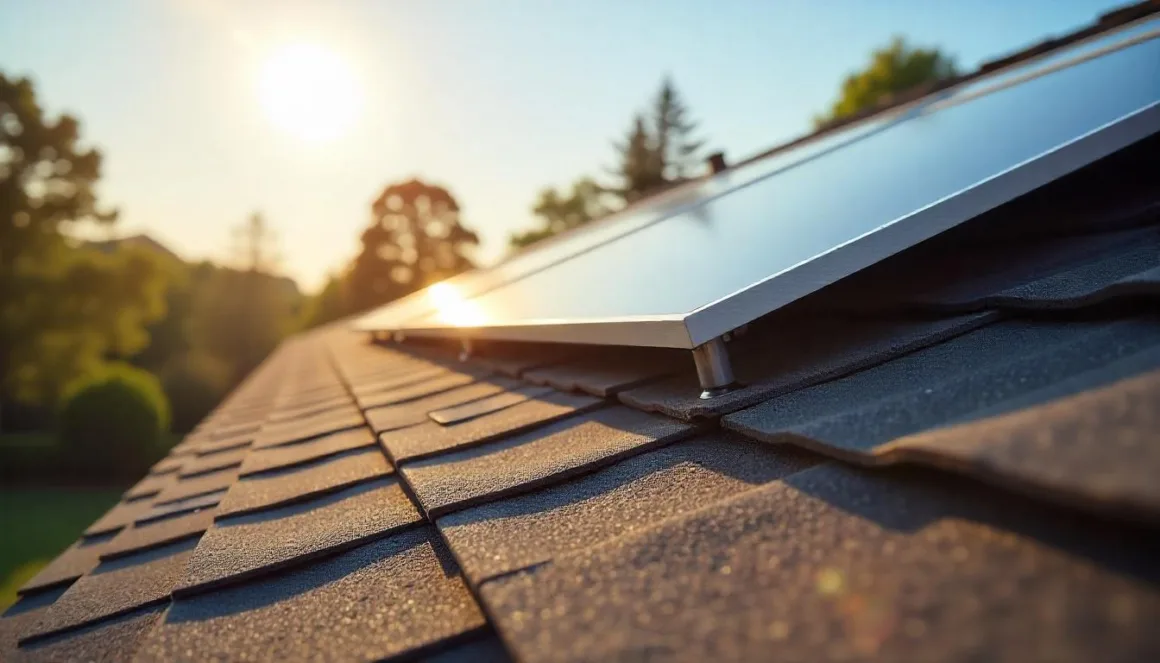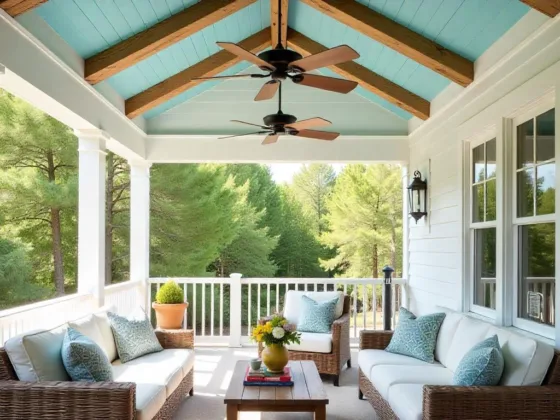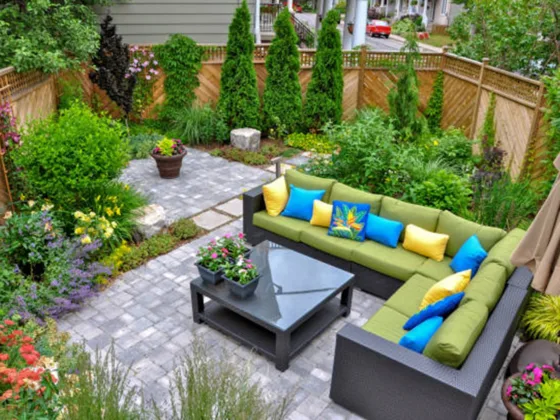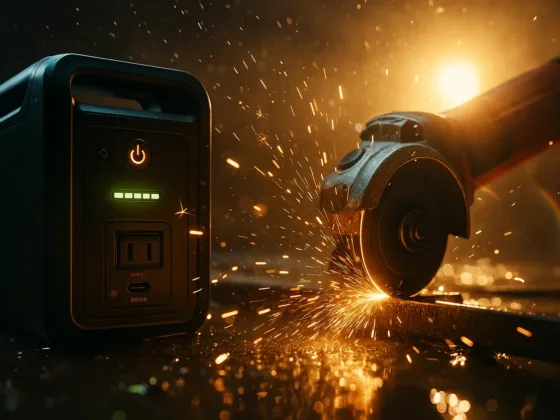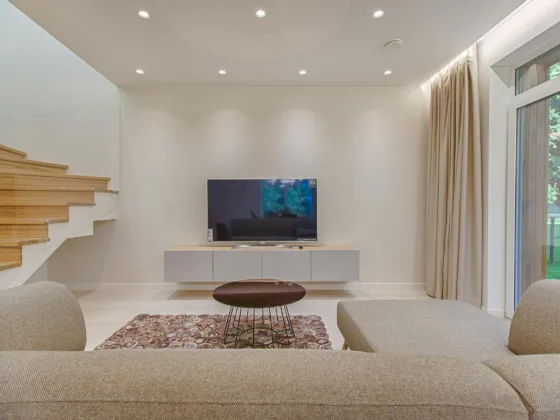Table of Contents Show
Are you excited to go solar? That’s great news for your energy bills and the planet. But before the panels go up, there’s one thing you must look at first—your roof.
Is it ready to handle solar panels for the next 25 years?
Many homeowners skip this critical step and end up facing costly problems later. This guide explains what roofing work should be done before installing solar panels. It’s not just about avoiding damage. It’s about getting the best performance and lifespan out of your system.
Let’s make sure your solar investment doesn’t start with a costly mistake.
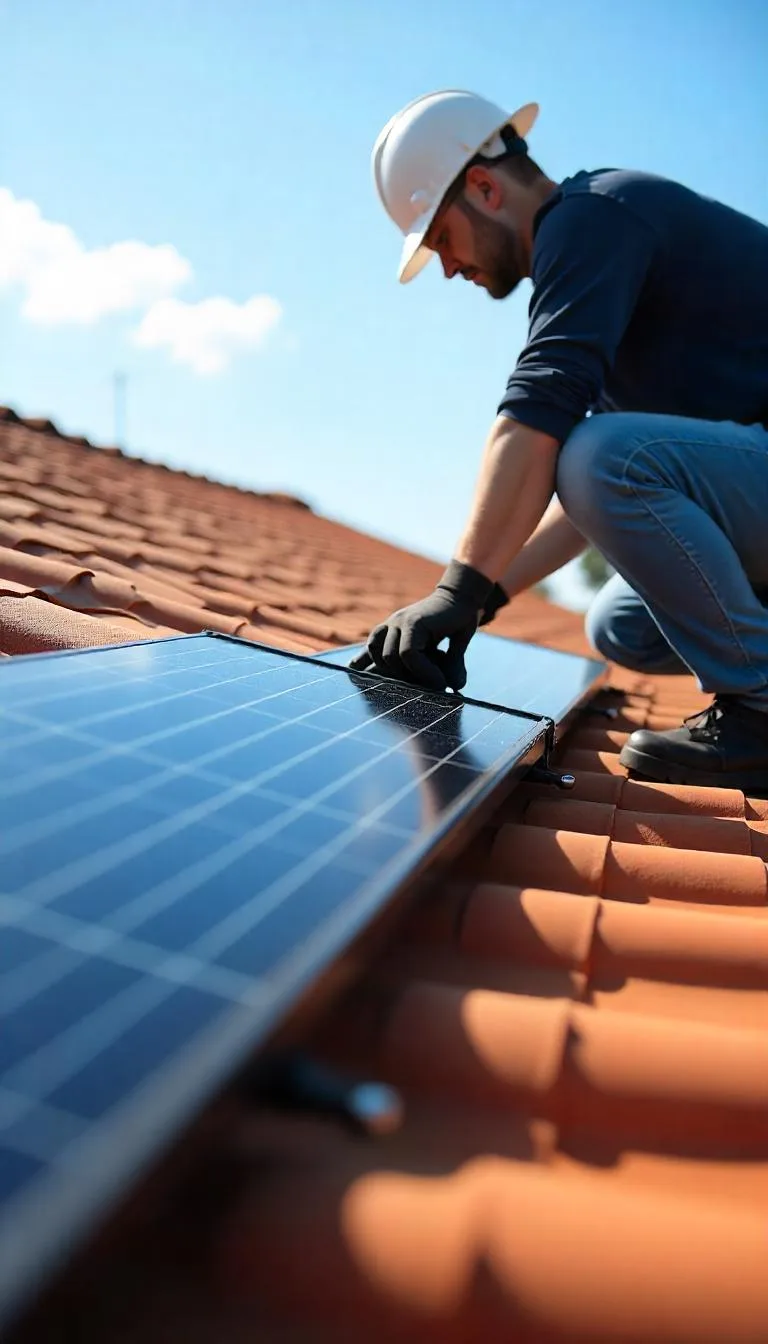
Why Roofing Matters Before Solar Panel Installation
Solar panels are a long-term fixture. They’re designed to last 25–30 years or more. But what about your roof?
- A roof in poor condition can’t support solar panels safely.
- If you need roof repairs or replacement after solar installation, you’ll have to remove and reinstall the panels.
- This adds unnecessary cost and hassle—often thousands of pounds.
Imagine spending £8,000 on a solar system, only to spend another £3,000 to remove and refit it just because the roof needed work.
So, is your roof ready to carry that weight—literally and financially?
Step 1: Inspect the Roof Structure
Start with the basics. The underlying structure of your roof must be solid.
What to check:
- Age of the roof: Is it older than 15–20 years?
- Visible sagging or dips: Signs of weakened timber or water damage.
- Internal roof inspection: Check the loft or attic. Look for rot, mould, or leaks.
- Materials: Some materials, like slate, require specialist mounting. Others, like metal or asphalt shingles, are easier to work with.
Tip:
Have a qualified roofer, such as norwich-roofing.co.uk, or a structural engineer, assess it. Don’t rely on visual checks from the ground.
Question to consider: Would your roof be safe and sound without the solar panels? If not, fix it first.
Step 2: Evaluate the Roof Covering
The covering—tiles, shingles, slates—takes the brunt of the weather. It also supports the mounting brackets for solar panels.
What to assess:
- Cracked or missing tiles: These must be replaced before installation.
- Wear and tear: How much longer can the covering realistically last?
- Material type:
- Clay tiles: Durable but can crack under stress.
- Slate: Attractive but brittle.
- Asphalt shingles: Common and solar-friendly.
- Metal roofing: Long-lasting and easy to mount.
A smart move:
If your roof is nearing the end of its life, re-roof now before installing panels. It’s much cheaper than doing it afterward.
Data point: According to Energy Saving Trust, removing and reinstalling solar panels can cost £1,000–£2,500, depending on system size.
Step 3: Check for Leaks or Moisture Damage
Leaks don’t mix with electricity. That’s obvious. But even small amounts of moisture can damage both your roof and the solar mounting system.
Signs to look for:
- Stains on the ceiling or loft boards
- Damp smells in the attic
- Moss, algae, or rot near the roof joints
- Rust on metal fixings
If you detect any signs of moisture, get a roofer in before any panels go up. Moisture under solar panels is hard to spot and harder to fix.
Ask yourself: Would you mount expensive equipment on a damp ceiling indoors? Your roof should be no different.
Step 4: Confirm Roof Load Capacity
Solar panels add weight. Not an enormous amount—but enough that it matters. A typical solar panel weighs 18–22 kg. A full system with rails and fixings can weigh 250–300 kg or more.
- Structural sagging over time
- Increased stress during snow or wind
- Damage to older or weakened beams
An assessment by a structural engineer will tell you if reinforcements are needed.
Real example:
A 3-bedroom house in Bristol had to spend £1,200 reinforcing roof beams before solar could be fitted. This cost far less than what it would’ve taken to fix a collapsed roof.
Step 5: Optimise Roof Design for Solar
Solar works best when the roof faces the right way and has minimal shading. But the design of your roof also affects:
- How panels are mounted
- How wind impacts them
- How rainwater drains off
Design features that help:
- South-facing roofs (in the UK) for maximum sun
- Pitched roofs of 30–40 degrees
- Minimal chimneys, vents, or skylights blocking space
- Good guttering to manage run-off from panels
If your roof isn’t ideal, you may need a custom mounting solution—or even look into ground-mounted systems.
Step 6: Check Roof Access and Safety Features
Installers need to get on your roof safely. If it’s a difficult access roof (e.g., high, steep, or surrounded by obstacles), extra work is required.
What may be needed:
- Scaffolding or cherry pickers
- Edge protection systems
- Fall-arrest gear
These increase installation costs. A pre-install roofing check will flag these needs early.
Bonus Step: Think Long-Term – Maintenance and Future Proofing
You want your panels to stay in place for 25+ years. That means your roof has to last just as long—or at least close.
Future-proofing ideas:
- Upgrade insulation while the roof is exposed
- Add bird protection mesh to stop pigeons nesting under panels
- Install access walkways if regular maintenance is expected
- Check warranty alignment: Does your roof have a 10-year guarantee? Your panels might have a 25-year.
Think of it like this: your solar investment depends entirely on the health of your roof.
What Type of Roof Work Is Common Before Solar Installation?
Depending on what your inspection finds, you may need:
- Tile replacement (£200–£500)
- Partial re-roofing (£1,000–£3,000)
- Full re-roofing (£5,000–£10,000 depending on size/materials)
- Beam strengthening (£800–£2,000)
- Waterproofing repairs (£300–£1,500)
These numbers are estimates. Get local quotes and compare.
Questions to Ask Before Going Solar
Here’s a quick checklist to guide your decision:
- How old is my roof?
- When was the last inspection?
- Can it support 300 kg of additional weight?
- Are there any leaks or signs of damage?
- Will it last as long as the panels?
- Is the roof material compatible with solar mounts?
- Is the roof design optimal for solar production?
If you can’t confidently answer “yes” to all of these, a roofing consultation should come first.
Solar Success Starts with a Strong Roof
Solar energy is smart, sustainable, and increasingly affordable. But it’s not just about the panels. It’s about the platform they rest on.
A roof in good shape protects your investment.
A roof in poor condition turns it into a liability.
Before you go green, go solid. Get your roof checked, upgraded if needed, and prepared to host clean energy for decades to come.
Want to avoid surprise costs and maximise panel performance? Start at the top—literally.
